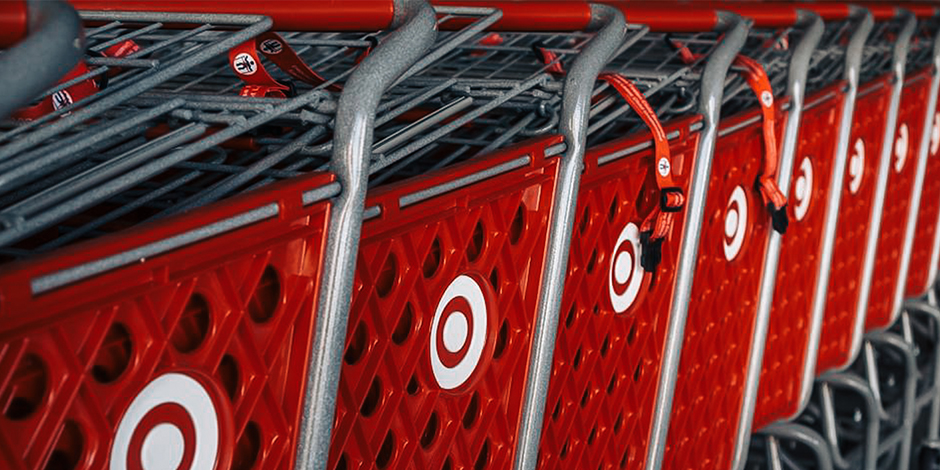Last year should have been a good one for Target Stores, coming off a year (2022) in which the company had moved up from seventh to sixth place in a ranking by revenue of the country’s largest retailers. (Walmart consistently dominates the list with revenue that exceeds the combined sales of Amazon and Costco.)
Instead, the unwinding of the pandemic took a heavy toll as Target’s customer base spent less on nesting (think throw pillows and furnishings) and more on travel and entertainment.
A long stretch of revenue growth ended in the most recent fiscal year (Jan. 31) with a decline of 1.6%. Worse, comparable store sales were down nearly 4%. In real (inflation-adjusted) dollars, the hit to the top line was more like 7%. Meanwhile, both Walmart and Costco posted annual revenue growth of more than 6%.
That’s a 13% difference, in the wrong direction.
A Macrotrends revenue chart tells the story graphically–six years of healthy growth has flattened.
For the first time since 2016, Target reported losses in two consecutive quarters.
Analysts are projecting 2024 will be equally desultory with revenue flat to 2% ahead of 2023. While the stock market was setting new records, Target’s stock price spent 2023 in a slump, down by about a third at one point. It currently trades barely above the price it did a year ago.
Target’s core problem is it lacks the draw competitors enjoy as leading discount grocers at a time when consumers are focused on food prices. Most of Target’s revenue comes from sales of non-food items. Data gathered last fall by Numerator, a consumer-research firm, found shoppers visited Walmart three times as often as Target.
The company’s competitive challenge is daunting, exacerbated by cultural missteps.
This year it ran into another publicity misstep with a Black History-themed product that included a collection of magnets celebrating leaders of the Civil Rights movement. A high-school teacher noticed that several historical figures such as Booker T. Washington had been misidentified. She posted a video that garnered more than a million views.
Most recently, a customer in Illinois filed a class action lawsuit claiming the company “surreptitiously” operates an anti-theft surveillance system that violates the state’s Biometric Information Privacy Act.
Years after Walmart and Costco began leveraging house brands, Target this year announced it was relaunching its up&up private label line of household essentials, and adding a new line of branded low-priced merchandise under the dealworthy banner.
In March, just as inflation-squeezed consumers reported they were cancelling subscriptions to save money, Target announced the launch of a paid membership plan like the one Amazon has had in place for years and Walmart introduced in 2020.
Target’s efforts to catch up have so far seemed too little, too late, or both.
While Walmart and other leading retailers have been focusing their expansion plans on smaller stores in neighborhood shopping centers, Target recently announced a 10-year program to upgrade its nearly 2,000 existing stores and to add another 300 mostly full-sized locations.
One could argue that Target is paying the price for being in the wrong merchandise category at the wrong time, a dilemma similar to that faced by general merchandise retailers as Amazon grew into a formidable competitor.
Unlike its retail brethren, Target’s strategy seems untested and reactive as opposed to the sort of assertive and innovative approach such a monumental challenge begs for.
Subscription Required.

















